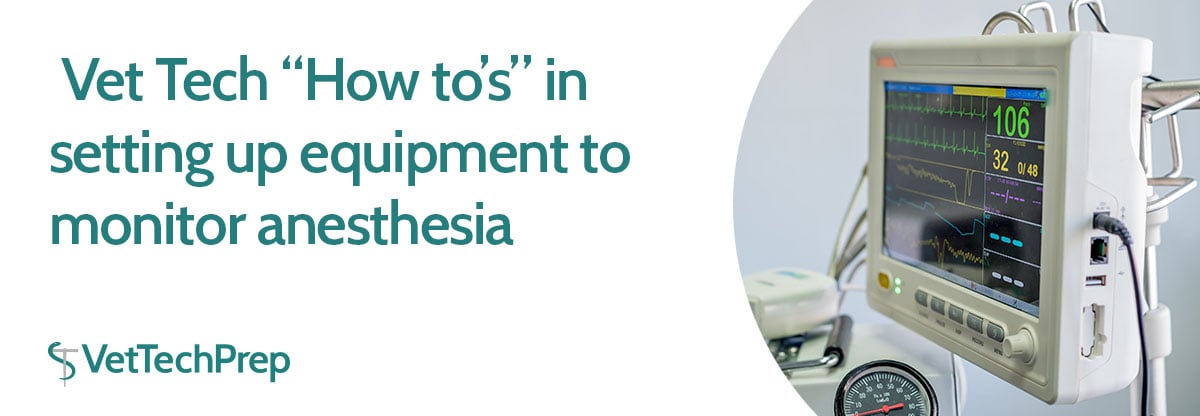To ensure a safe workplace for pets and employees, remember a few key points regarding anesthesia safety.
For General Anesthetic Procedures:
- Always remember to ask for assistance when moving large pets from one place to another. Moving a heavy dog by yourself could cause you or the pet injury.
- Patients that are recovering from anesthesia need to be closely monitored. Sometimes they may thrash around or make sudden movements and could injure themselves or others.
- Watch for the swallowing reflex during recovery and remove the deflated endotracheal tube when the patient begins to swallow.
Read More


